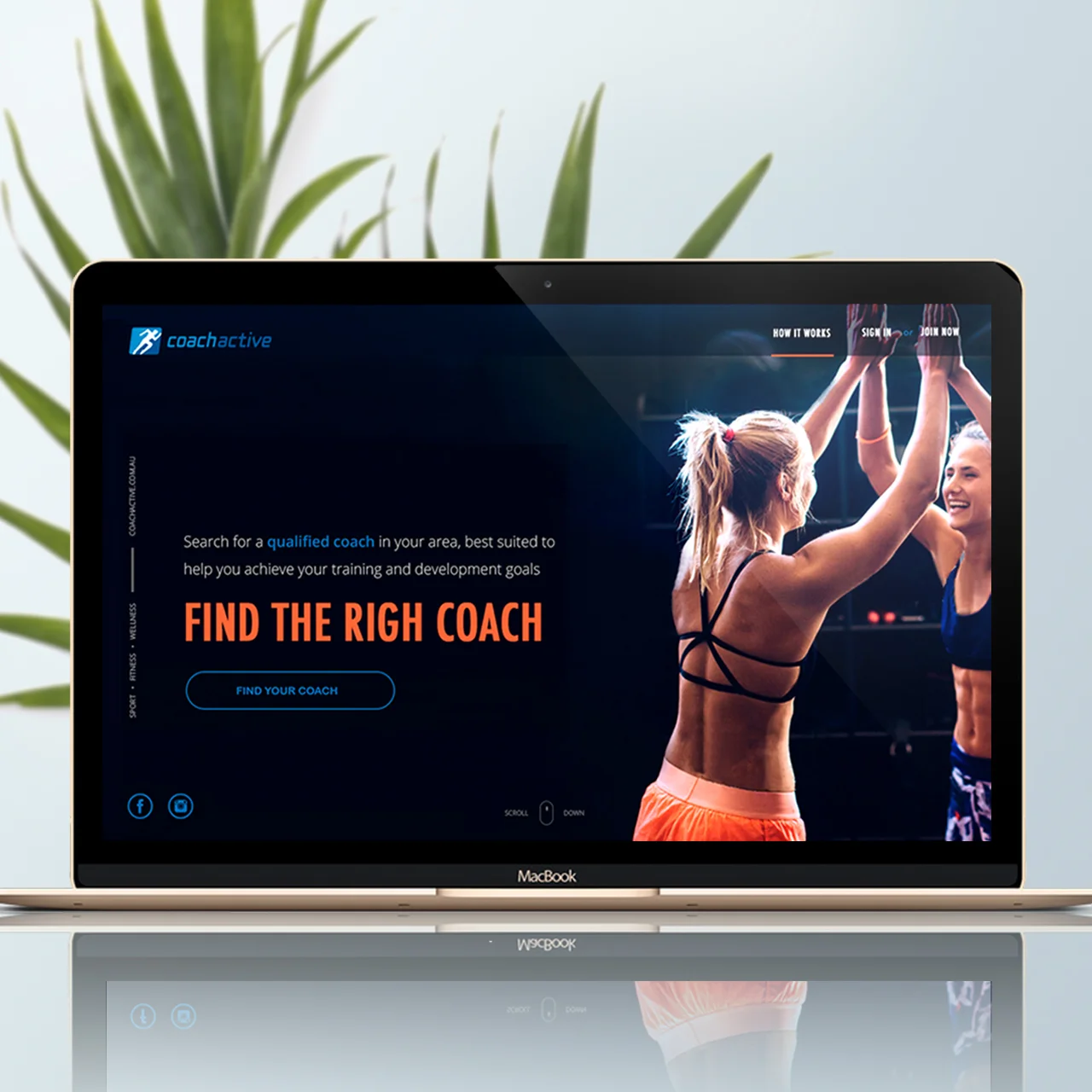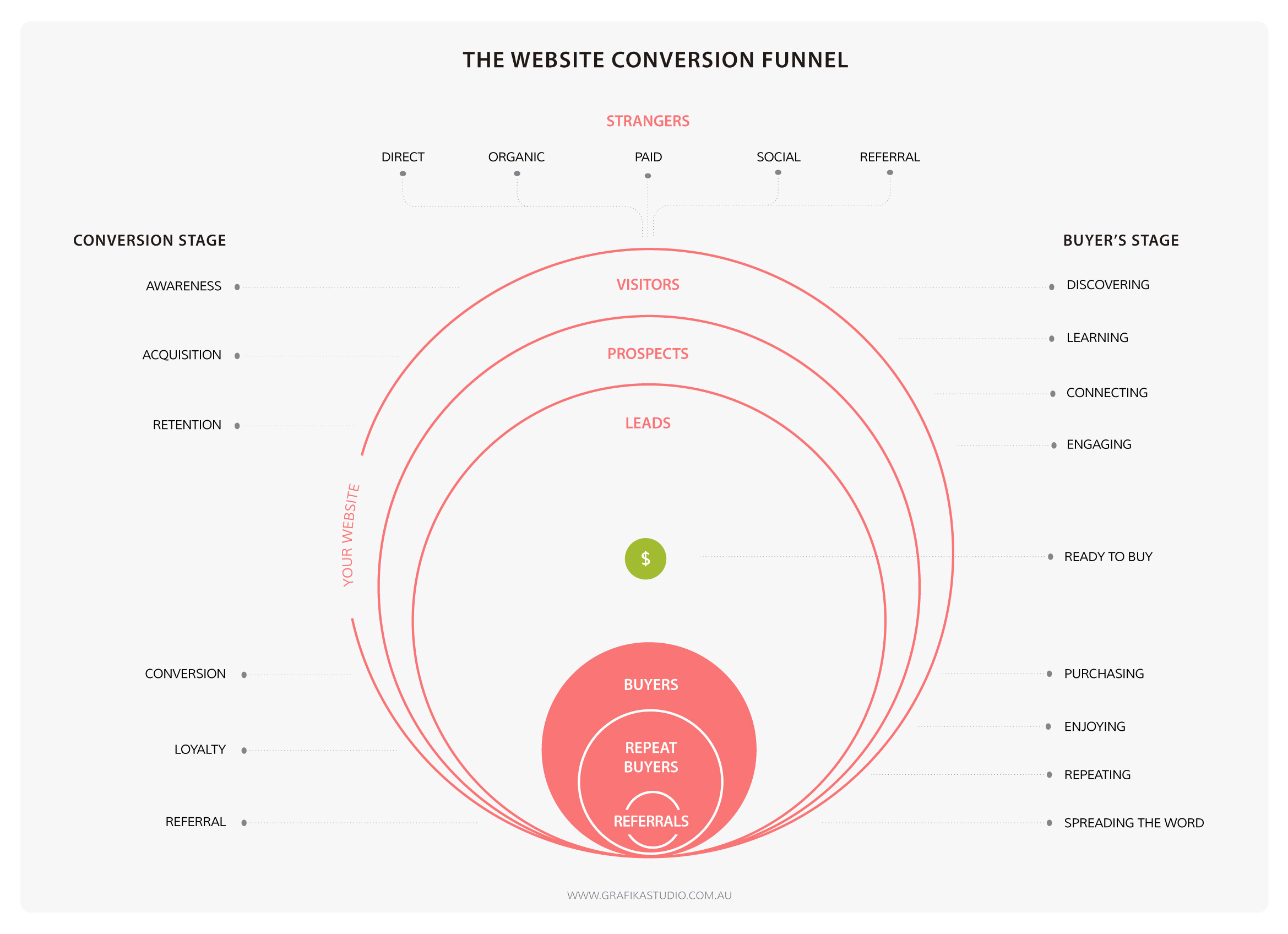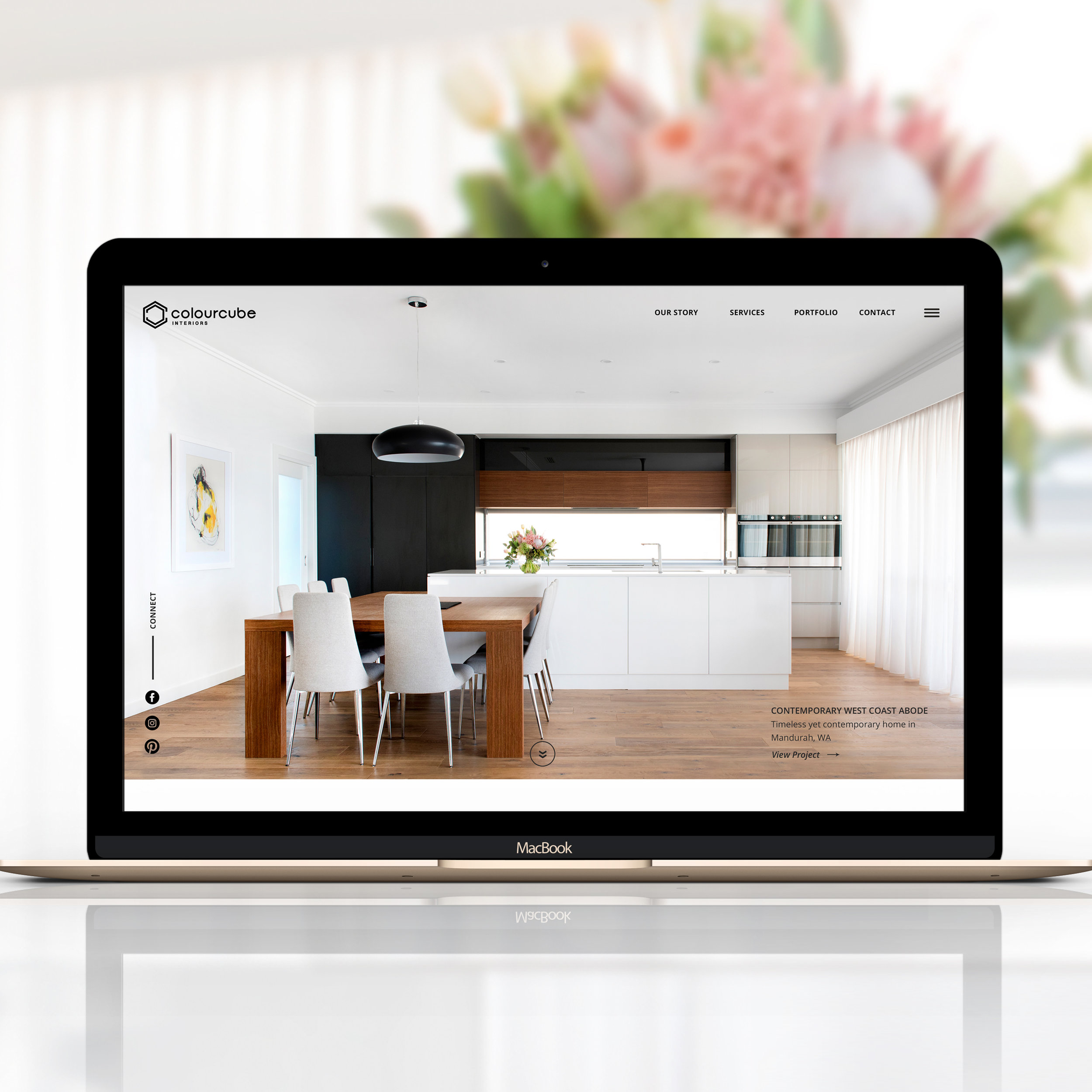One of the best things about freelancing is that we can decide when it’s time to take a break and for how long. We don’t need to coordinate our holidays with work colleagues, or get supervisor’s approval. We have the freedom to take time off whenever we want.
However, as opposite as many other jobs, taking time off for us also means not making any money during that time. That’s why many freelancers feel they can’t afford to take a long break and go on a holiday.
After three years running Grafika Studio, I finally managed to take my first five-week holiday without causing any financial stress to my business. How I did? With a lot of planning and a little bit of help.
1. Plan your finances a year in advance
When you work for others, the money you get at the end of each month is all for you and for your own personal expenses. When you work for yourself you must set aside a big part of this money earned every month to pay for many difference things in your business.
Most if this money will be spent in taxes, some more in business expenses, marketing and advertising and other unforeseen expenses such as repairs and replacements, sick days, etc.
When you work for yourself you don’t get paid holidays either, so you must set aside some more money for them. You need to save enough to be able to afford an entire month of inactivity and still be able to pay your bills and your holiday expenses.
|
HINT: to take one month off with no financial stress, save 9% of your monthly income for 11 months.
|
|---|
2. Find the right time
Many businesses have low and high seasons, mine it’s one of them. People usually want to get their projects started at the beginning of the natural or financial year, and launch them just before Christmas or the 30th of June.
The beginning of every natural or financial year is always full of new project enquires. The end of them is full of project deadlines. These months are never a good time for me to take time off.
|
TIP: to know when it will be a good time to take a break, observe the seasonality of your business for at least two or three years before.
|
|---|
3. Close projects a few ways in advance
As I was planning on being away for the entire August, I stopped taking new projects in June. That way I’d have at least four weeks in July to finish all my existing projects and schedule the new ones for September.
With new projects scheduled from September on I went on holidays knowing that there would be work waiting for me when I was back.
|
TIP: To ensure every project is finalised before going away, reserve at least the week before leaving for possible delays or last minute issues only.
|
|---|
4. Let your clients know
A month before leaving I started to tell my clients I was going to go away for five weeks. This put a clear deadline in every project and helped many things keep moving at a faster pace.
After coming back from holidays I contacted my entire client list to let everyone know I had now opened for business again.
|
TIP: Always set up your out-of-office. Even though you have informed every client of your absence period, they will easily forget and ask ‘when are you coming back?’ a few weeks later. Let your out-of-office agent answer that question for you.
|
|---|
5. Automate your content marketing
Your business may be inactive for a while but your content marketing can be easily automatized and keep bringing new leads and opportunities while you’re away.
You can write and schedule your newsletter, blog posts and social media stories in advance so that they automatically go live while you’re having a cocktail by the pool.
|
TIP: Most platforms allow you to schedule content for future publishing, but you can also use Hootsuite or Buffer for social media scheduling.
|
|---|
6. Find a business babysitter
Prospect’s enquiries and quote requests might come while I was away and I didn’t want to miss any opportunity. However, I didn’t want to be constantly reading and answering emails either. So I hired some help.
A virtual assistant answered some email enquires while I was away, booked some meetings for when I were back, quote some jobs and wrote some new posts for the upcoming months.
|
TIP: if you only have one email address for your business, create a second address for general enquiries. Your website form enquiries and social media notifications can go directly to that inbox and be attended by someone else.
|
|---|
7. Have an emergency plan
When you tell your clients you’re going to take a long break, the first question that comes to their minds is ‘so, what do I do if I need urgent help?’.
It can be very reassuring for your clients to know you will be available and easy to reach in case of emergency.
That’s why I prepared myself for any emergency by bringing my laptop with me and letting my clients know that if something urgent came up, I’d be available to receive phone calls or chat online and help them virtually.
|
TIP: If you want to leave the laptop at home upload your documents to a Cloud system so that you can have access to them from anywhere 24/7.
|
|---|
What I learned…
This experience has been a trial for me in preparation to take another longer break soon without impacting too much on my business: 3 months of maternity leave.
Having a good plan in place and counting with a bit of extra help will allow me to remove myself from my business for a while with the reassurance of being able to run many operations as usual even though I’m not around.









































